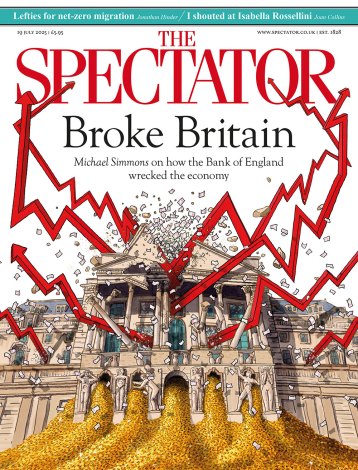Burning issues | 4 May 2017
Set discreetly into a wall in Smithfield, amid the bustle and bars of this rapidly gentrifying part of London, is a memorial raised by the Protestant Alliance in 1870 commemorating the men and women who died agonisingly nearby, roasted alive for refusing to abjure their new-found reformed religion. Nimble intellectual footwork was needed across the




















